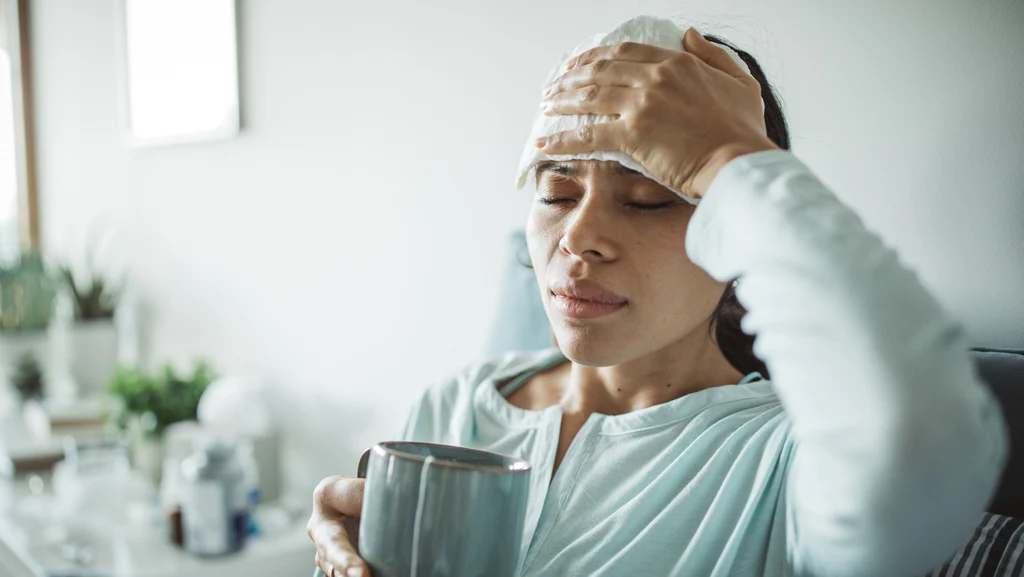Migraine headaches are more than just a severe headache. They are part of a neurological condition that affects millions of people worldwide. Migraines can be a complex disorder characterized by various symptoms such as intense throbbing pain, sensitivity to light and sound, nausea, and even visual disturbances like aura. For those who suffer from migraines, understanding the condition is the first step toward managing it and minimizing its impact on daily life.
In this comprehensive guide, we will delve into the causes of migraines, including genetic and environmental factors, as well as potential triggers such as stress, hormonal changes, and certain foods. We will explore various treatment options, including both preventive measures and acute relief strategies, such as medication, lifestyle changes, and alternative therapies. Additionally, we will discuss the different types of migraines, such as migraine with aura and migraine without aura, and how they may present differently in individuals.
Furthermore, we will examine the wide range of symptoms that can accompany migraines, including but not limited to fatigue, dizziness, difficulty concentrating, and even mood changes. By understanding the full spectrum of symptoms, individuals can better identify and manage their migraines, improving their overall quality of life.
So, whether you’re a migraine sufferer seeking answers or simply interested in learning more about this fascinating yet challenging condition, this comprehensive guide is here to provide you with the knowledge and insights you need. Let’s embark on this journey together and unravel the mysteries of migraines.
What is a Migraine?

Migraine, a debilitating headache, is accompanied by a range of distressing symptoms such as nausea, vomiting, and sensitivity to light and sound. Unlike ordinary headaches, migraines can persist for hours, or even days, causing a significant disruption to your daily functioning and overall well-being. The intensity of the pain and the impact it has on your ability to carry out routine tasks is unparalleled, making it crucial to seek effective remedies and support to manage this challenging condition.
Symptoms of a Migraine
Migraine symptoms occur in stages. Note that not all individuals experience all stages:
- Prodrome: Subtle changes one or two days before a migraine, such as constipation, mood swings, food cravings, neck stiffness, increased thirst and urination, and frequent yawning.
- Aura: These can be visual disturbances, such as flashes of light or blind spots, or other disturbances, like tingling on one side of the face, arm, or leg, and difficulty speaking. Auras act as a warning and can happen before or with the headache.
- Attack: The actual migraine headache which can cause pain on one side or both sides of your head, pulsating pain, sensitivity to light, sounds, and sometimes smells and touch, nausea and vomiting, and blurred vision.
- Postdrome: After a migraine attack, you might feel drained and washed out, while others report feeling euphoric.
Causes of Migraines
The exact cause of migraines is not entirely understood, but several factors are believed to play a role:
- Genetic predisposition: There’s a strong genetic component to migraines, so if your family members have migraines, there’s a chance you will too.
- Hormonal changes: Women may experience migraines around their menstrual cycles due to fluctuations in estrogen.
- Environmental triggers: These can include stress, bright or flickering lights, loud noises, intense physical activity, certain smells, changes in weather or barometric pressure, and medications.
- Dietary triggers: Some foods and drinks can trigger migraines, including alcohol (especially red wine), caffeine, aged cheeses, processed meats, chocolate, and foods containing MSG or artificial sweeteners.
Types of Migraines

Migraines are categorized into several types, based on symptoms and causes:
- Migraine without Aura: These are the most common types and do not include the warning signs or auras before the migraine pain begins.
- Migraine with Aura: This type includes visual or sensory disturbances before the onset of the headache.
- Chronic Migraine: If you have a migraine on 15 or more days in a month for more than three months, it might be chronic migraine.
- Menstrual Migraine: Tied to the menstrual cycle and the fluctuation of hormones.
Treatment of Migraines:
While migraines cannot be cured, various treatments are available to help reduce the frequency and severity of attacks, as well as alleviate associated symptoms. Here are some approaches commonly used in managing migraines:
- Medication:
Pain-relieving medications are often used to alleviate the symptoms of migraines during an attack. Nonsteroidal anti-inflammatory drugs (NSAIDs) such as ibuprofen or aspirin can help relieve pain and reduce inflammation. Triptans, a class of drugs specifically designed to target migraines, work by constricting blood vessels and blocking pain pathways in the brain. Additionally, preventive medications may be prescribed for individuals who experience frequent or severe migraines. These medications aim to reduce the frequency and severity of attacks over time.
- Lifestyle Adjustments:
Making certain lifestyle adjustments can help manage migraines and reduce the likelihood of triggering an attack. Regular sleep patterns, maintaining consistent meal times, staying hydrated, engaging in regular exercise, and practicing stress management techniques can all contribute to migraine prevention. Avoiding triggers such as certain foods, changes in weather, or hormonal fluctuations can also help reduce the frequency of migraines.
- Biofeedback and Relaxation Techniques:
Biofeedback and relaxation techniques can be effective in reducing the frequency and severity of migraines by helping individuals better manage stress and tension. Techniques such as meditation, progressive muscle relaxation, guided imagery, and deep breathing exercises can promote relaxation and reduce muscle tension, which may help alleviate migraine symptoms. Cognitive-behavioral therapy (CBT) may also be beneficial in identifying and modifying negative thought patterns and behaviors that contribute to migraine attacks.
- Alternative Therapies:
Some individuals find relief from migraines through alternative therapies such as acupuncture, massage therapy, or the application of peppermint oil to the temples. Acupuncture, a traditional Chinese medicine practice, involves inserting thin needles into specific points on the body to promote the flow of energy and alleviate pain. Massage therapy can help reduce muscle tension and promote relaxation, while the application of peppermint oil to the temples may provide a cooling sensation and help alleviate headache pain.
Final Thoughts
Living with migraines can be challenging, but with the appropriate knowledge and strategies, many people manage to find relief and improve their quality of life. Remember, if you’re experiencing regular headaches or migraines, it’s crucial to consult with a healthcare professional to determine the best course of treatment tailored to your specific situation.
Understanding migraines is a step towards reclaiming your comfort and productivity. Keep track of your triggers, advocate for yourself, and seek support from the growing community of those dedicated to managing their migraines effectively.




